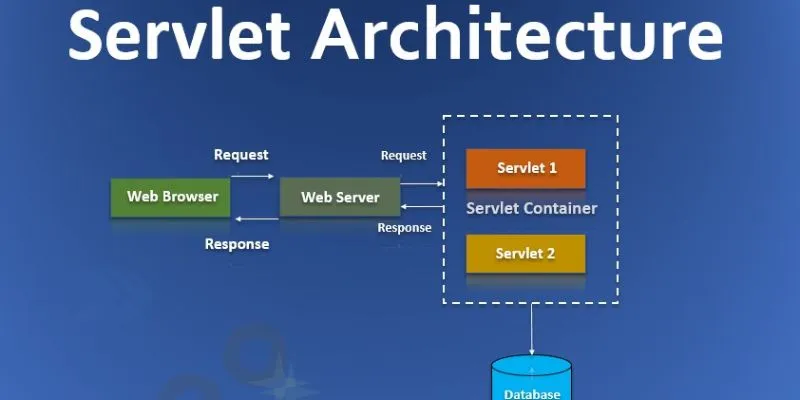
Understanding servlets is crucial for diving into the world of Java web development. Servlets form the backbone of many Java-based web applications and are essential for anyone looking to master Java web technologies. In this blog, we’ll break down what servlets are, how they work, and why they matter—all in simple, engaging language.
What is a Servlet?
Imagine a servlet as a specialized Java program designed to handle web requests. When you take a Java Training in Bangalore, you’ll learn that servlets are used to extend the capabilities of web servers. They are like the middlemen between what users request on a website and what the server provides in response.
When a web server receives a request (like when you click a link or submit a form), it needs a way to process this request and send back the appropriate response. This is where servlets come in. They are part of Java EE (Enterprise Edition) and provide a structured way to create dynamic web content. Instead of just showing static HTML pages, servlets can generate content on the fly based on user interactions or other factors.
How Do Servlets Work?
Here’s a simple way to understand how servlets operate:
- Client Request: A user (or client) sends a request to the server, like asking for a web page or submitting a form.
- Servlet Container: The server forwards this request to a servlet container. This container is a special part of the server that manages servlets. Think of it as a traffic controller that directs requests to the right servlet.
- Processing the Request: The servlet container then creates an instance of the servlet (if it doesn’t already exist) and calls its methods to process the request. This is where the servlet figures out what content to generate based on the request.
- Generating a Response: Once the servlet has processed the request, it creates a response. This could be a web page with dynamic content, like personalized greetings or updated data.
- Sending Back the Response: Finally, the servlet container sends this response back to the client. The user’s browser then displays the content, completing the cycle.
Why Are Servlets Important?
If you’re considering Java Training in Marathahalli, you might wonder why servlets are so crucial. Here’s why:
- Dynamic Content: Unlike static web pages, servlets can generate content based on user input. This means you can create interactive web applications that respond to user actions in real-time.
- Scalability: Servlets are designed to handle multiple requests at once. This makes them suitable for high-traffic websites where many users might be interacting with the server simultaneously.
- Integration: Servlets can work with other Java technologies like JSP (JavaServer Pages) to create more complex and feature-rich web applications. Learning servlets is a stepping stone to mastering these advanced tools.
Learning Servlets: A Step-by-Step Journey
When you enrol in a Java course, you’ll start with the basics of servlets. Here’s a simple overview of what you might cover:
- Servlet Basics: You’ll learn what servlets are, how they fit into the Java web ecosystem, and how they interact with web servers.
- Servlet Lifecycle: Understanding the lifecycle of a servlet is crucial. This includes how servlets are created, how they process requests, and how they are destroyed.
- Handling Requests and Responses: You’ll explore how servlets handle different types of requests (like GET and POST) and how they generate responses. This involves understanding request parameters, response headers, and content types.
- Practical Applications: Finally, you’ll apply your knowledge to real-world scenarios. This might involve creating web applications, integrating servlets with other Java technologies, and optimizing performance.
Mastering servlets is an essential part of Java web development, and enrolling in a Programming Languages Institutes in Bangalore is a great way to get started. Servlets provide a powerful way to handle web requests and generate dynamic content, making them a cornerstone of modern web applications.
Whether you’re building a simple website or a complex enterprise application, understanding servlets will give you the skills to create responsive and interactive web experiences. By diving into servlets as part of your Java, you’re setting yourself up for success in the world of Java web development. Happy learning!
Also Check: Java Interview Questions and Answers
